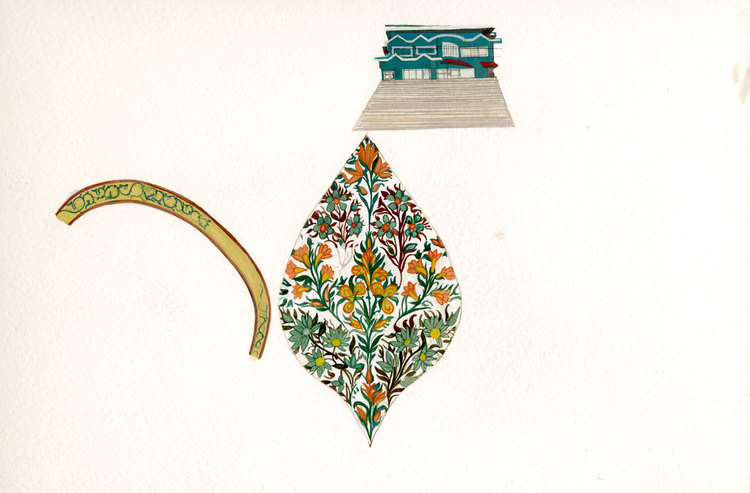SriNagar
Inkjet Collages, A4 (21 x 29 cm)
I first visited the valley in the Christmas of 2010, in the aftermath of what had been a particularly violent summer. Upon entering Srinagar I found myself beginning to construct my own exploration.While I had set up meetings with a variety of people including intellectuals who provided insight to the problems, which I absorbed, I also needed space for personal experience.
Upon my return I began looking through the images I had collected and recording the conversations I had. A series of digital collages began to emerge, printed in A4 within my studio. These were edited within the slide-show titled Sri Nagar, which tracks my navigation of the city and its environs. Certain of them are lesser known, such as the ruins of Martand Temple in nearby Anantnag. Built in the 8th century AD it’s ruins mark one of the most important archaeological sites of the country.
Sufism, an important religion that helped in the spread of Islam in India, enters the country through Kashmir. The tombs of Sufi saints such as Bul-Bul Shah in Srinagar are decorated in pattern. They are painted over interior architecture such a pillars or trellises that are made of papier mache, a technology that was imported from central Asia centuries ago. These, and examples of Mosque architecture from the valley, enter the slide-show. as do the tools of carpet-makers as against their ubiquitous products. During the night the city was often in cloaked darkness owing to a shortage in electricity .In an attempt to show the everyday, images from such sojourns enter the narrative.
Below -
Inkjet Prints, A4
These images are collages, cut-outs which are constructed digitally from photographs I have taken mostly by myself. Certain of these images have been inserted within the slide-show, while others remain within the archive.
Peer Dastagir, a 200year old shrine into which I was given entry by a sympathetic policeman (photography was not allowed within) was set on fire in June 2012. Some of the images here are details from its interiors taken on my visit in 2010.
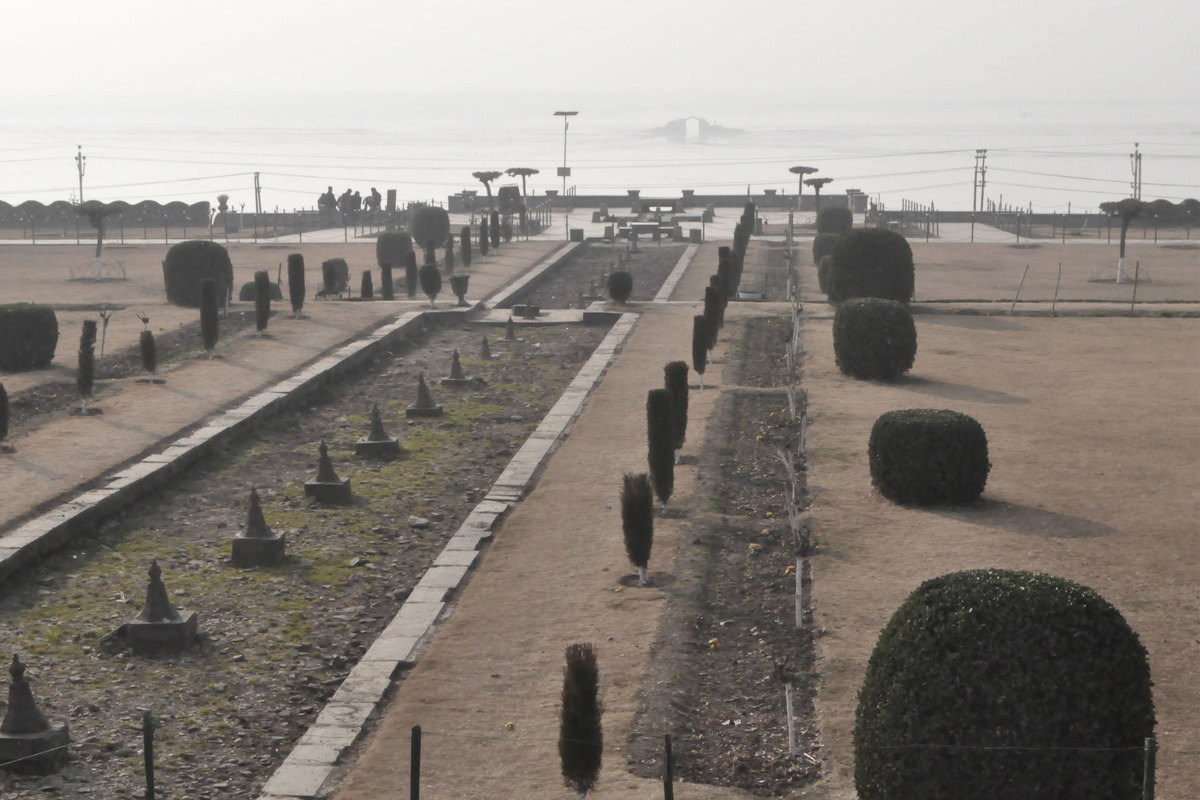
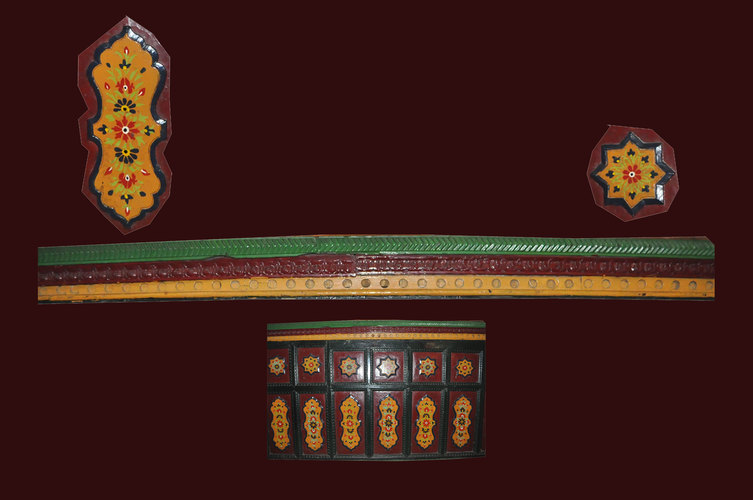
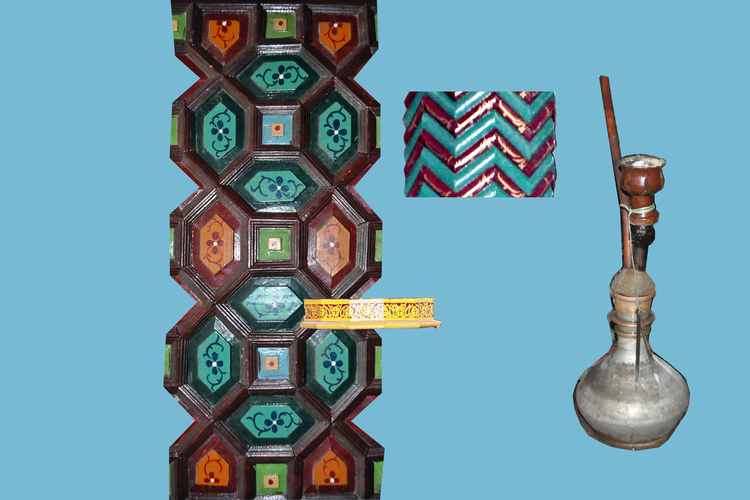

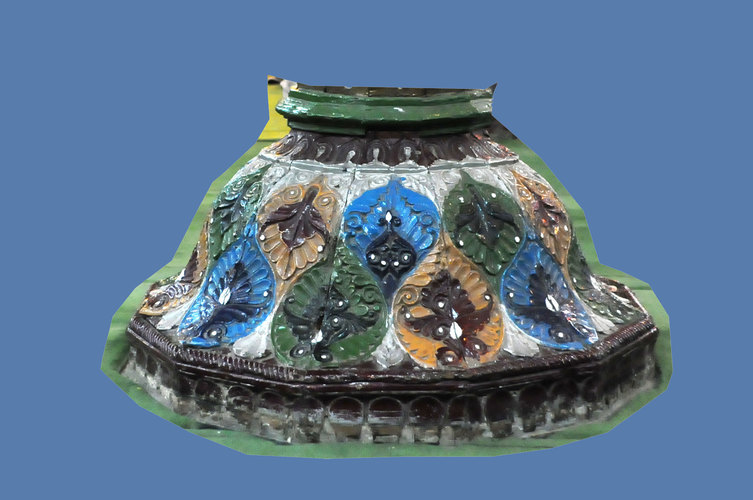
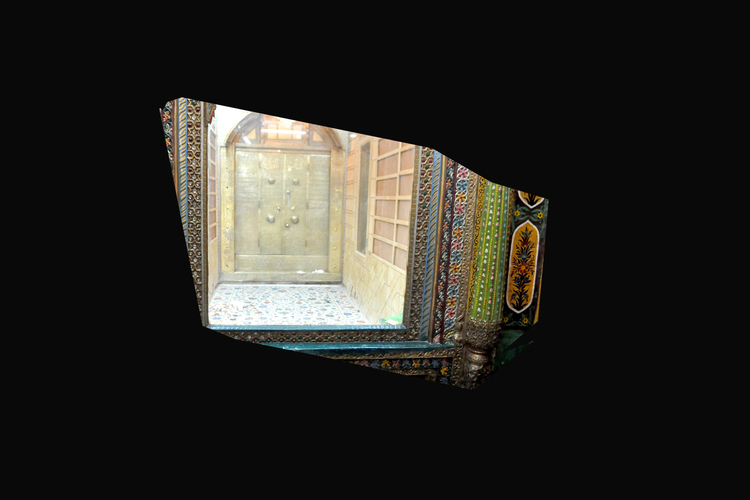
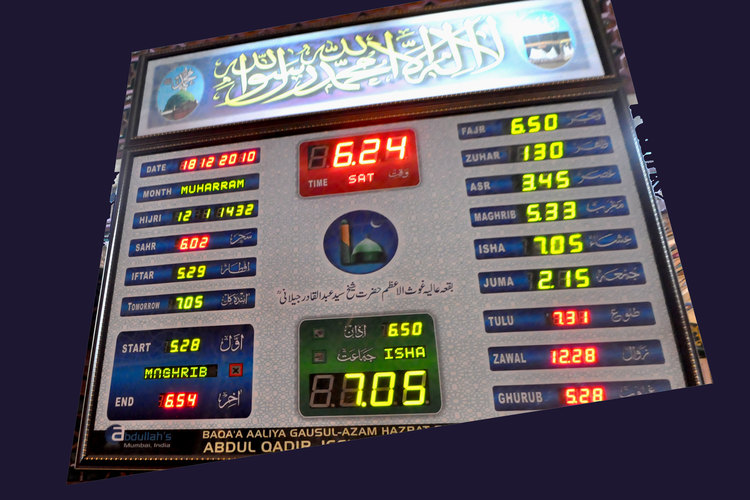
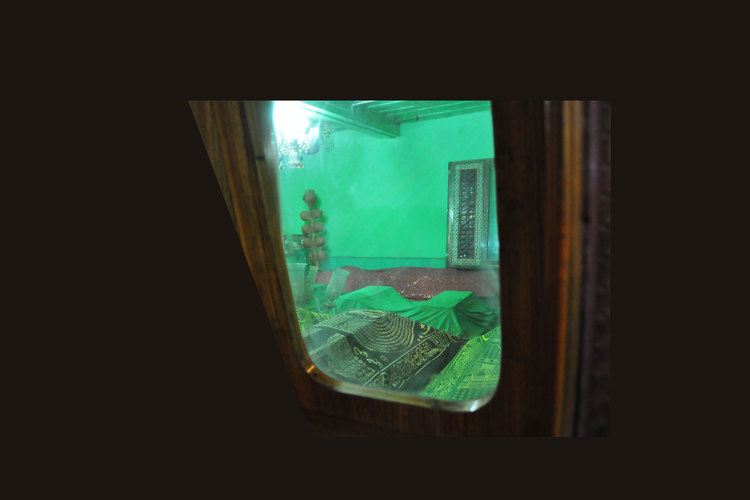
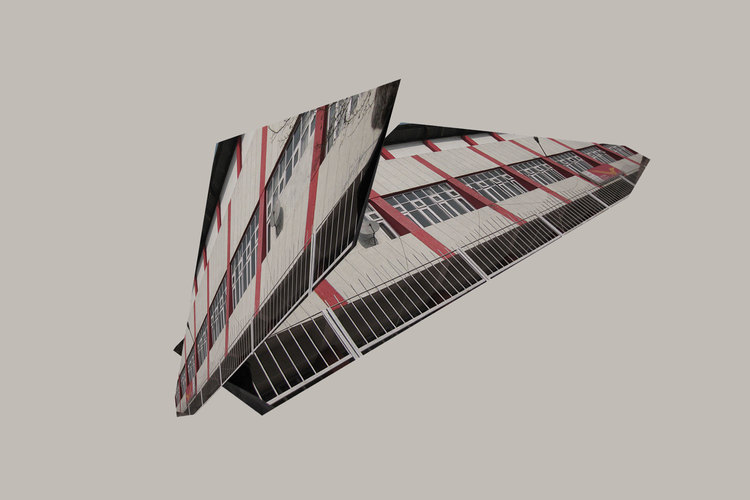
Below
Untitled, 2012
Gouache on paper, 30/40cm.
The animal or bird like shape that is formed is a painted collage.The patterned detail is a detail from the tomb of Bul-Bul Shah, the Sufi Saint who entered the valley from Central Asia in 1324.
The building on the upper right an example of the new architecture springing up around Srinagar, sign of a nascent emerging economy.
